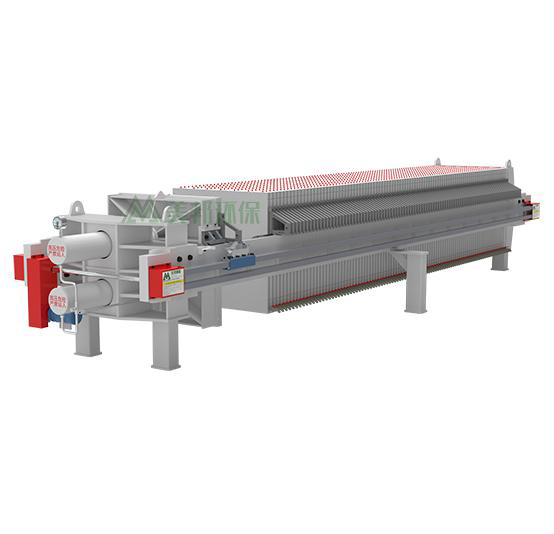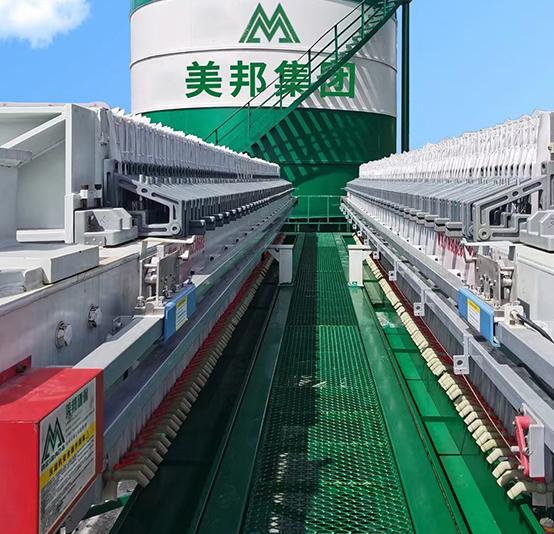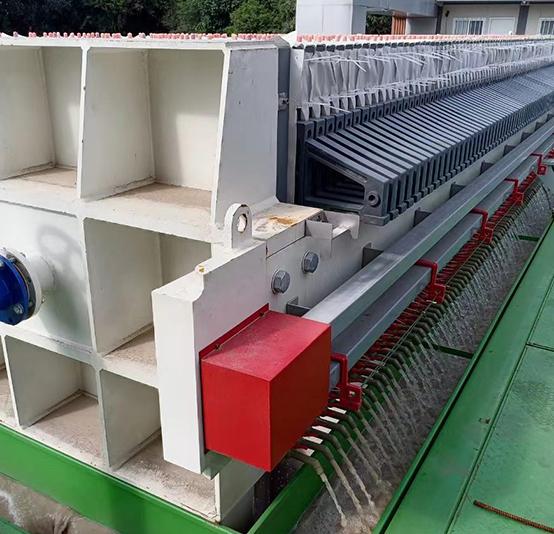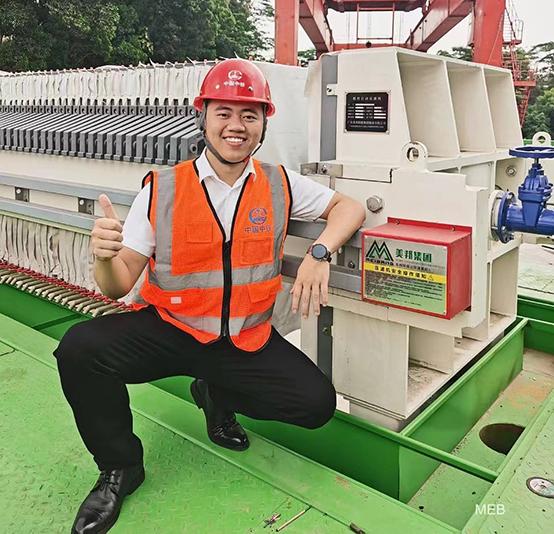The savings most frequently gained using a Filter Press are:
Reduction in waste volume and weight, due to the creation of a drier, dewatered material, also resulting in reduced transportation, disposal and footprint costs.
Reduction or elimination of chemicals used for dewatering vs. alternate technologies.
Reduction in labor through automation vs. alternate technologies.
Higher-value end product due to lower inherent moisture, or in cases where additional drying is necessary through non-mechanical means such as rotary driers, the BTU costs can be reduced significantly through the reduction in product moisture prior to the drier.
Besides reductions in operating costs, what other reasons would cause a plant or mine to consider using a Filter Press?
Filter Presses are often used to create a closed loop process. This eliminates the need for a settling pond or tailings pond, while also recycling process water back for reuse. By eliminating the need for tailings ponds or settling ponds, valuable land reserves can be protected or freed up for mining rather than being covered with tailings.
In many cases, the use of a closed loop process can also reduce regulatory permits while also putting forth an environmentally positive message for investment companies.
Many companies are now waiting years for permits for new settling ponds without assurance that this permit will be approved. Moving to a closed-loop process can eliminate the need for some of these long permitting processes.
Water availability and cost are becoming more of an issue as large population areas continue to grow. These areas also require quarried and mined materials, but lack of water can be restrictive for new plant considerations. Plant feasibility is greatly improved using a closed loop approach to wet processing with a filter press due to the maximum recovery of recyclable water, minimizing the need for new water sourcing.





